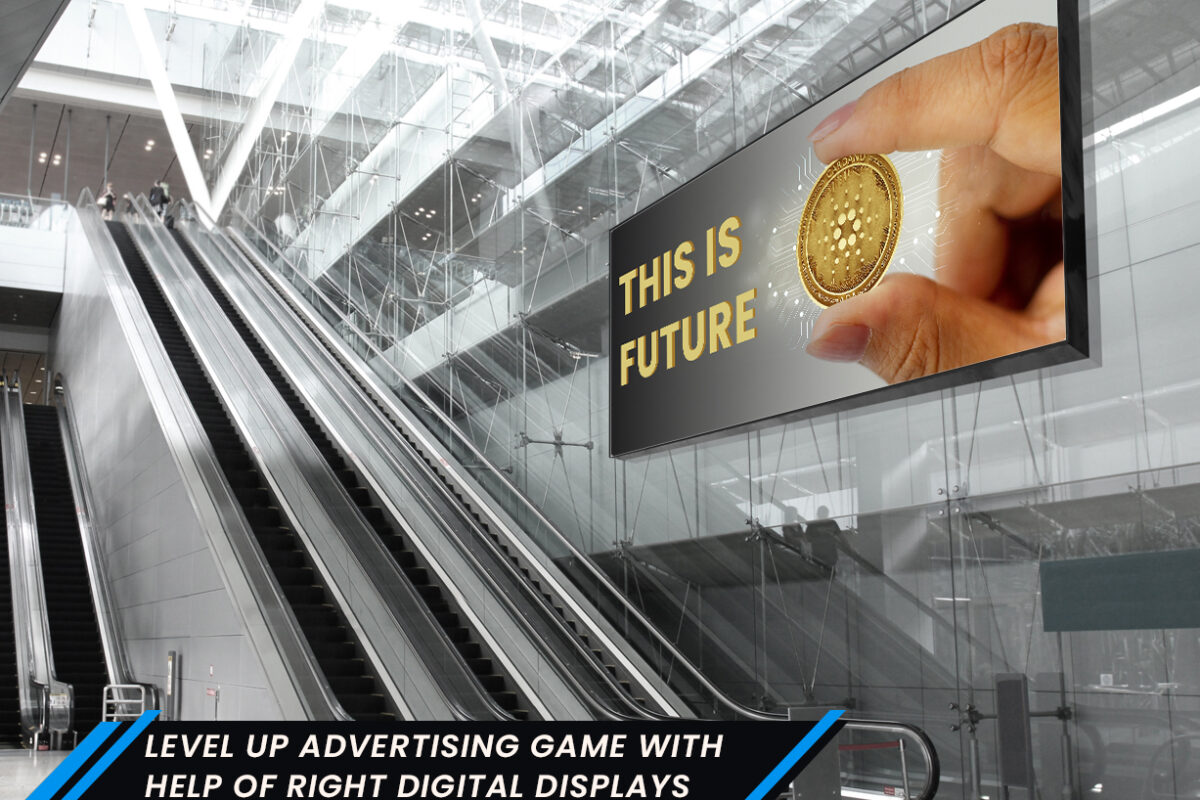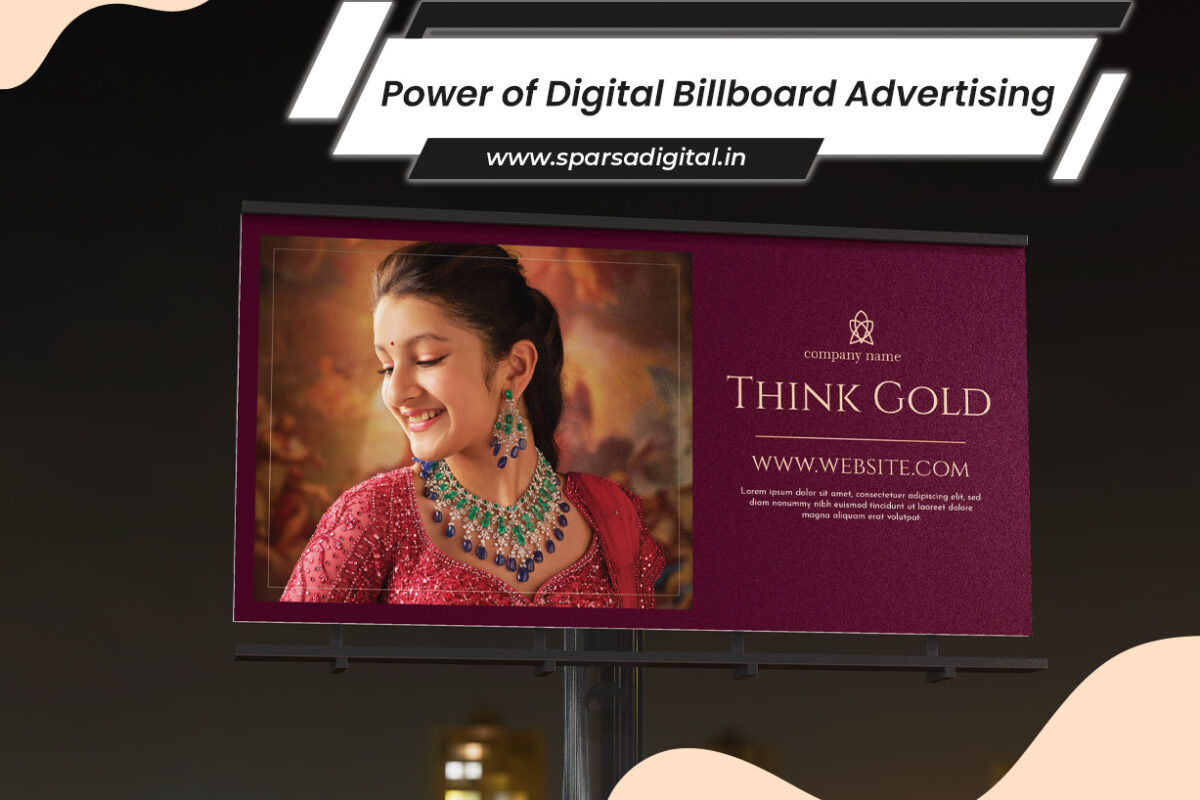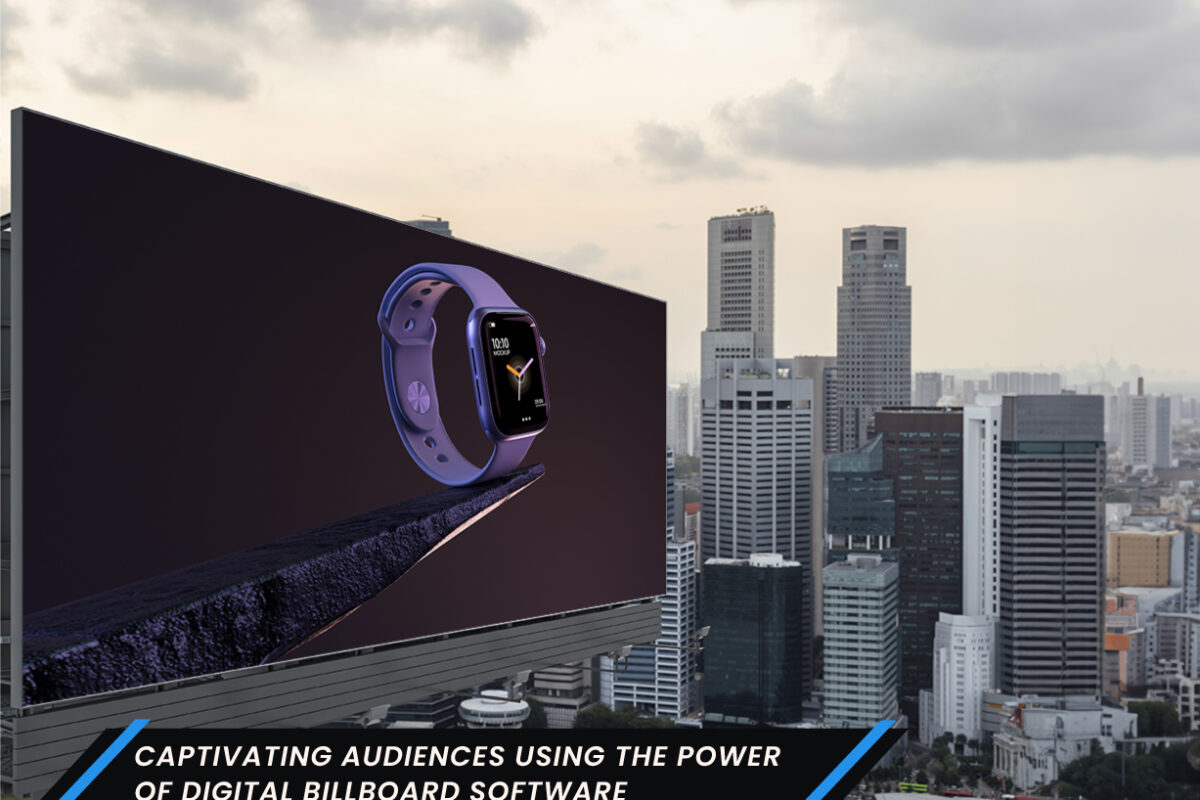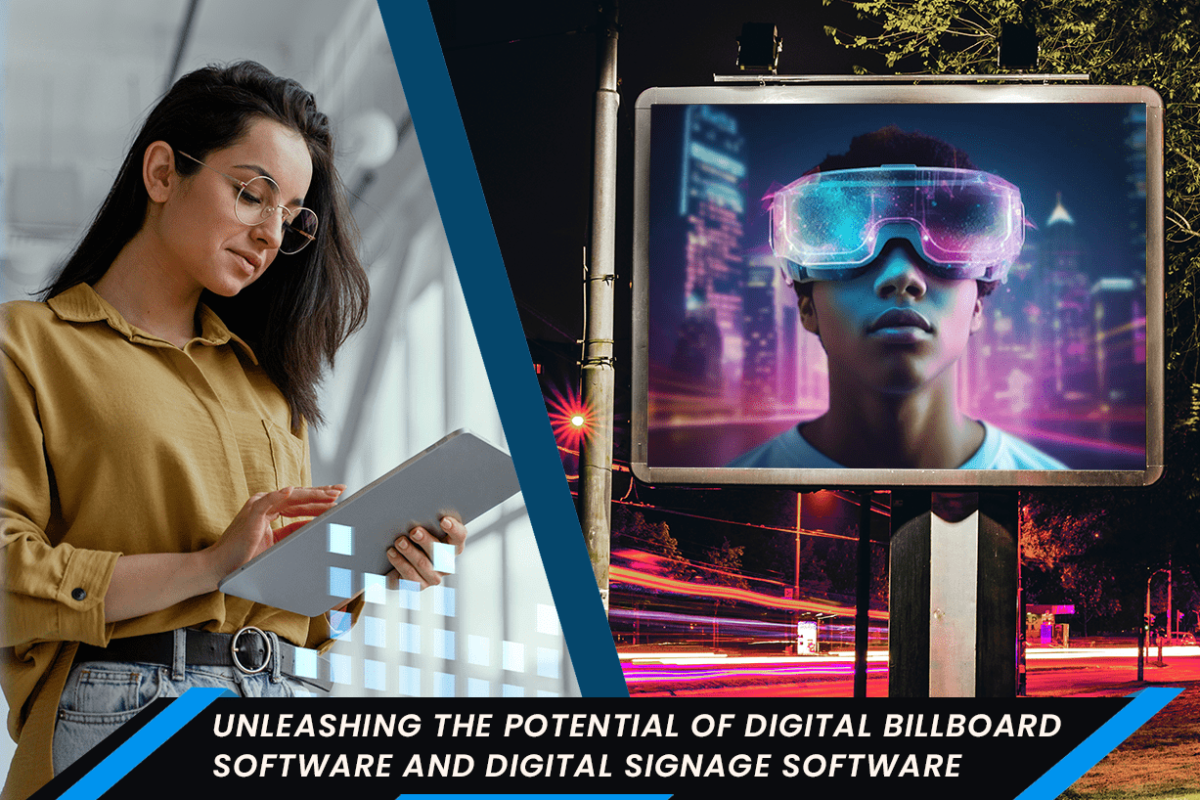Digital display boards and digital billboards have revolutionized the advertising landscape, offering a multitude of benefits that traditional static signage simply cannot match. In an increasingly digital age, these dynamic advertising mediums have become crucial tools for businesses and marketers to effectively communicate their messages to a wider audience. This article explores the numerous advantages of using digital display boards and digital billboards for advertising purposes.
1. Attention-Grabbing Visuals:
One of the most significant benefits of digital display boards and billboards is their ability to capture attention through vibrant and dynamic visuals. Moving images, animations, and videos are far more attention-grabbing than static images. This allows advertisers to create compelling content that engages viewers and leaves a lasting impression.
2. Flexibility and Real-Time Updates:
Digital display boards offer unmatched flexibility. Advertisers can easily change their content in real-time, allowing for timely promotions, announcements, and adjustments. This flexibility is particularly useful for time-sensitive campaigns, special events, or changes in marketing strategies.
3. Cost-Effective Over Time:
While the initial investment for setting up digital display boards and billboards might be higher compared to traditional signage, they tend to be more cost-effective over time. This is because digital content can be updated without the need for physical reprinting or replacement, saving on production and installation costs in the long run.
4. Enhanced Targeting Capabilities:
Digital advertising allows for precise targeting based on factors such as location, time of day, audience demographics, and even weather conditions. This ensures that the right message reaches the right audience at the right time, leading to higher engagement and conversion rates.
5. Interactivity and Engagement:
Digital display boards can be made interactive, allowing viewers to engage directly with the content. This can include touch screens that offer additional information, games, surveys, or the ability to make purchases directly from the display. Interactivity increases engagement and provides a memorable experience for viewers.
6. Increased Visibility at Night:
Digital billboards for advertising are illuminated, ensuring visibility day and night. This 24/7 visibility extends the reach of advertising efforts, capturing the attention of audiences during evening hours when traditional signage might go unnoticed.
7. Environmental Considerations:
Digital display boards are environmentally friendly compared to traditional print signage, which often requires paper, ink, and other materials. By reducing the need for physical production and disposal, digital advertising contributes to a greener environment.
8. A/B Testing and Analytics:
Digital advertising allows for A/B testing, where different versions of content can displayed to measure which is more effective. Additionally, analytics tools provide valuable insights into how many people viewed the content, for how long, and whether they interacted with it. This data helps advertisers refine their strategies for better results.
9. Integration with Digital Media:
Digital display boards and billboards can seamlessly integrate with social media feeds, live streams, and other online content. This creates opportunities for real-time engagement, hashtag campaigns, and cross-channel promotions, bridging the gap between physical and digital marketing efforts.
10. Showcasing Creativity:
Digital displays provide a canvas for creativity, enabling advertisers to experiment with innovative content formats and storytelling techniques. Dynamic visuals, animations, and videos enable advertisers to craft memorable and emotionally resonant campaigns.
11. Reduced Print Waste:
Traditional print advertising can generate a significant amount of waste due to constant updates and changes. Digital displays eliminate this waste, contributing to more sustainable advertising practices.
12. Integration with Data Feeds:
Digital billboards for advertising can be linked to data feeds, allowing advertisers to display real-time information such as stock prices, sports scores, weather updates, or news headlines. This dynamic content keeps the advertising relevant and engaging.
In conclusion, digital display boards and digital billboards offer a wide range of benefits that make them highly effective tools for modern advertising. Their ability to capture attention, provide real-time updates, offer interactivity, and enhance targeting capabilities make them indispensable for businesses and marketers looking to reach their target audience in engaging and memorable ways. As technology continues to advance, these benefits will only grow, solidifying the importance of digital displays in the advertising landscape.
Still wondering how to move forward? You have just landed in the right place. Sparsa Digital focuses on providing technology cum media solutions to its customers. Core objective of the services is to assist the brands in engaging with their in store audience, with customized Audio Video solutions focussed on creating product awareness, generating leads, pushing offers, getting feedback, increasing sales conversions and also to address other specific brand needs.
While successfully managing CMS for 12000 + screens of 100+ brands on a daily basis, Sparsa Digital is a leading service provider in this sector. Their customers vary in businesses, as basic as Street Pan Shops, Liquor shops to best Five star hotels, Restaurant, Automobile showrooms, Leading multi speciality hospitals & Chain of clinics etc. Get in touch with the leading experts today, and start today!




